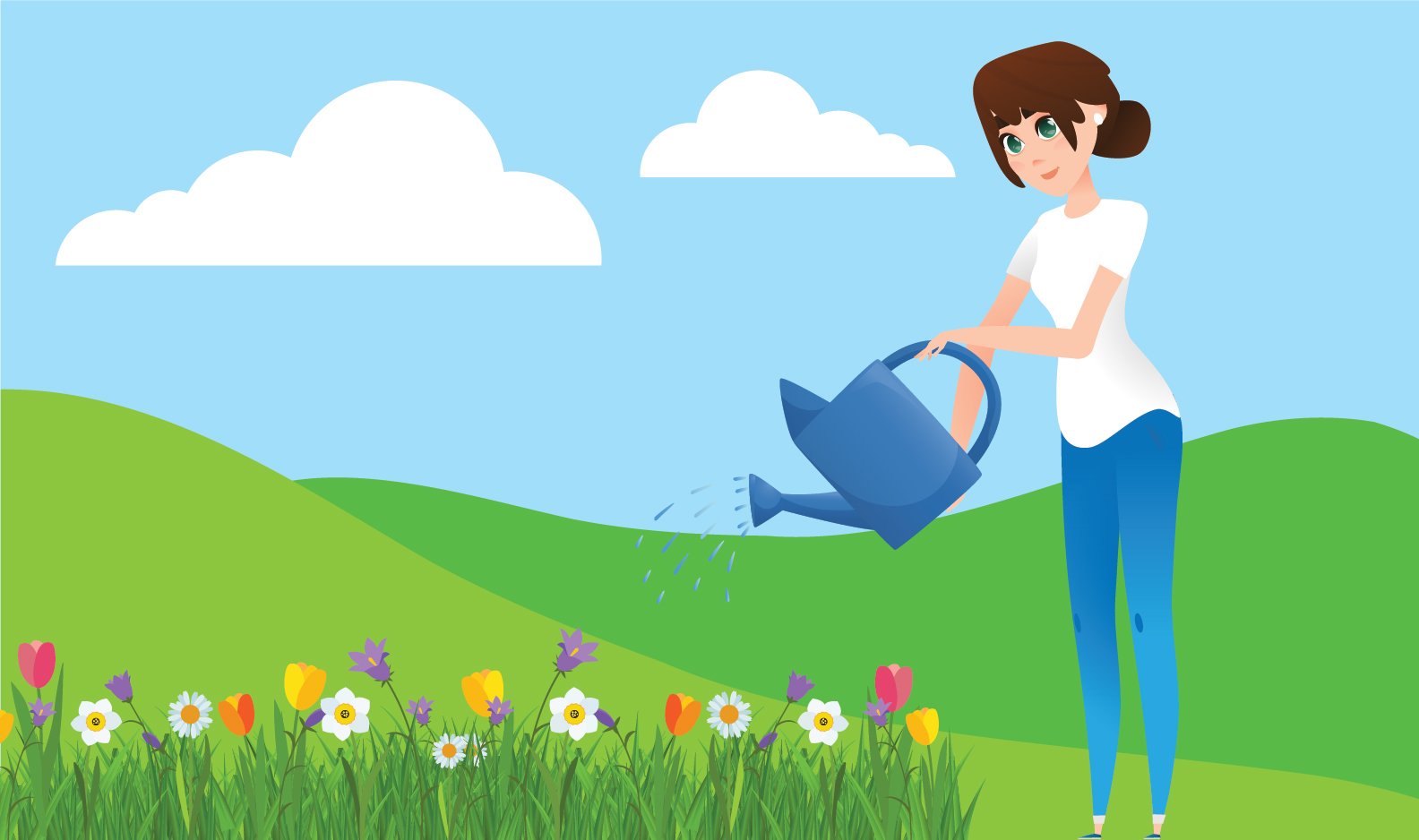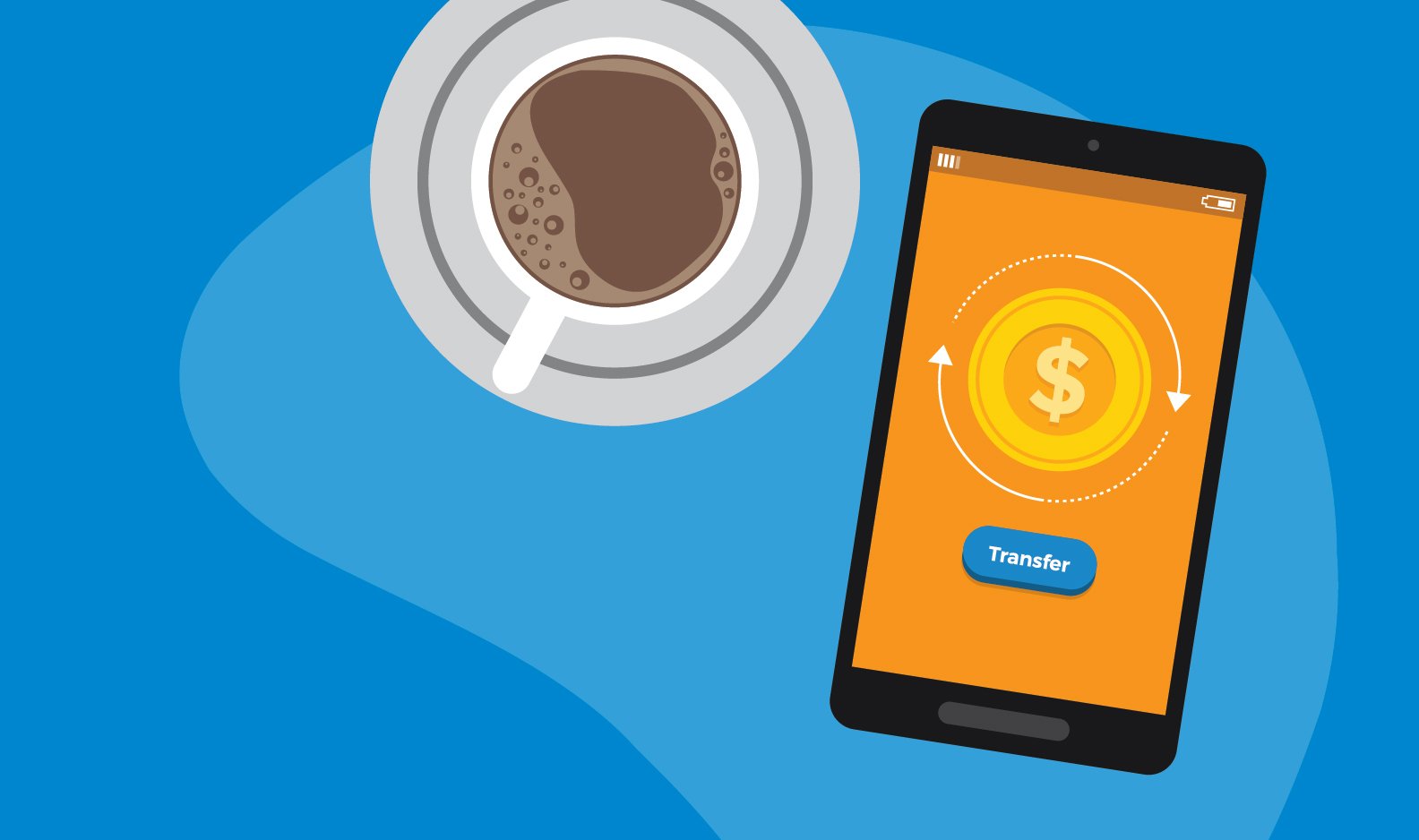How to turn your kids into little investors and set them up for life
We all want our kids to be able to take care of themselves. One of the best ways to teach them about money is to have them investing early - and even invest on their behalf.
While many parents and parents-to-be know this is a good idea, doing it can be easier said than done - especially if you’re not an investment expert yourself. With that in mind, what lessons should you teach your little one about investing? If you put money aside for them, how much should it be and where should it go?
Teach a kid to fish
Sound lessons about money and investment are far more valuable than any cash gift as they’ll set your child up to be financially savvy and resilient for life. When it comes to teaching them about money it can be hard to know when to start but Josie Crimmins, Marketing manager at Whai Rawa investment scheme, says it’s almost never too early:
“You can start from day dot. From age 3-4 tamariki become very aware and you can start having those conversations about money.”
“It’s important to teach them that money is a limited resource. You make money and you spend money and you have to balance your wants and your needs … Kids can practise and learn by trial and error. If they have their own money they can make their own mistakes in a supported environment at home and learn that way.”
Teaching your child these lessons early and often will set a solid foundation for learning about harder topics.
Learning investment lessons
Once your little one understands the concept of money, the three-jar system is a good way to start teaching them about investment, according to Josie:“Save some, spend some and share some. They’ll get the benefit of some right now but the other portion will be put aside. This will help them start to think longer term.”
Once your child understands putting money aside for the future you can launch into lessons about where to put that money. And no matter what you’ve got to spare, it’s still worthwhile:
“$2 a week to put aside is better than nothing. Compound interest is so powerful that small amounts really can make a difference… time is your friend.”
If you’re not comfortable with investment you can always seek tips from financial advisers, your bank or online resources. Take your children along with you, watch videos with them and talk to them about investment - you might be surprised by how much they learn.
Another good idea is to have a play with Crayon’s investment simulator. This handy tool lets you input your child’s age and monthly investment amounts then simulates the average returns they’d get from the stockmarket (using average returns from the S&P 500).
Where should we start?
So you’ve started talking and learning about investments, but what should you consider for your child's real funds? KiwiSaver is a good place to start, according to Dan Russel from Square One:
“Putting $1042 in and getting that $521 every year is great investment education and making a 50% return every year.”*
It’s important to consider the fund that your child is in and talk them through what conservative, balanced and growth funds are. Let them know that KiwiSaver is an investment for their retirement, which can only be withdrawn if you experience serious financial hardship, buy your first home or turn 65.
For something more flexible you could also look at online platforms like that have children’s accounts and allow investment in managed funds, ETFs and equities with minimum investments ranging from $0 to $250.
You could also speak to a managed fund provider at most major banks or managed fund providers. They’ll help you figure out what fund you're comfortable with for your child.
If you do give your child an investment account, Dan explains that it’s a good idea to give them an emotional link to the money they’re investing so that they appreciate risk:
“If they’ve earnt money chopping wood, walking the neighbour's dog or making some sacrifice the lessons they learn will be more profound. They’ll know this is my money, I earned it and I’m willing to learn and take risks with it.”
Disclaimer:
This “How to turn your kids into little investors and set them up for life” blog is general information only. The views and opinions expressed do not necessarily reflect those of the FSC. It is not intended to constitute legal or financial advice and does not take your individual circumstances and financial situation into account. We encourage you to seek assistance from a trusted financial adviser, legal or other professional advice.
The names of any third parties are additional resources that you access at your own risk and the FSC takes no responsibility for any third party content.
The FSC and its employees make no express or implied representations or give any warranties regarding this blog, and we accept no responsibility for any loss, damage, cost or expense (whether direct or indirect) incurred by you as a result of any error, omission or misrepresentation in this blog.
14 June 2023
Share this
You May Also Like
These Related Stories

Celebrating Earth Day: A closer look at ESG investment

Ten financial New Year’s resolutions
